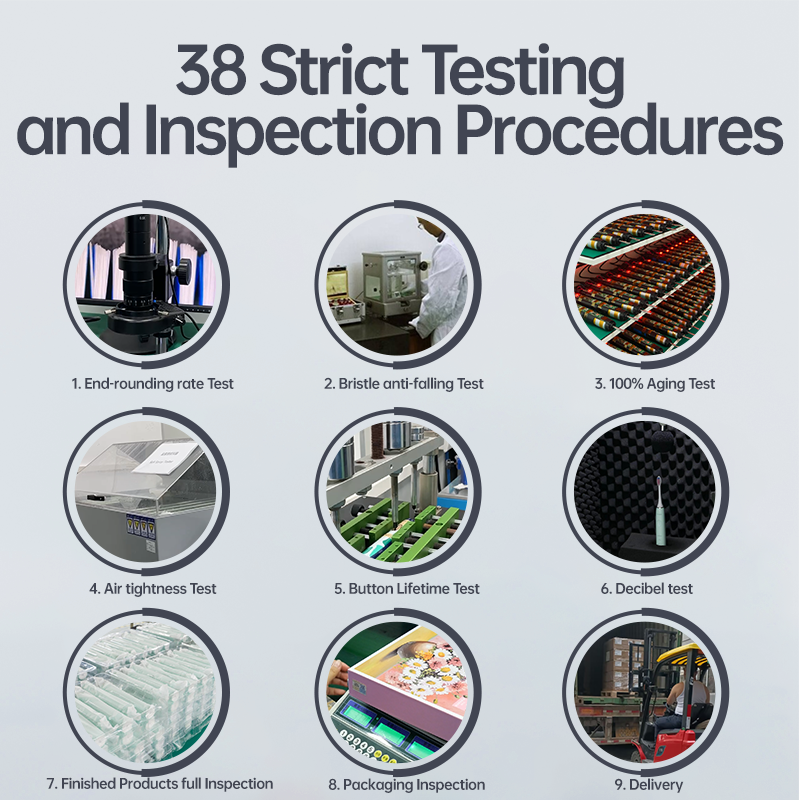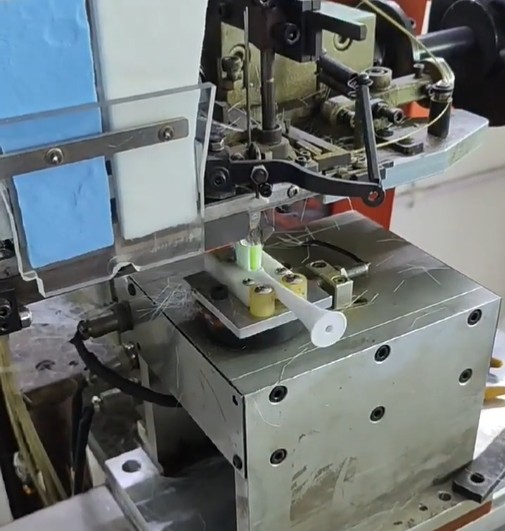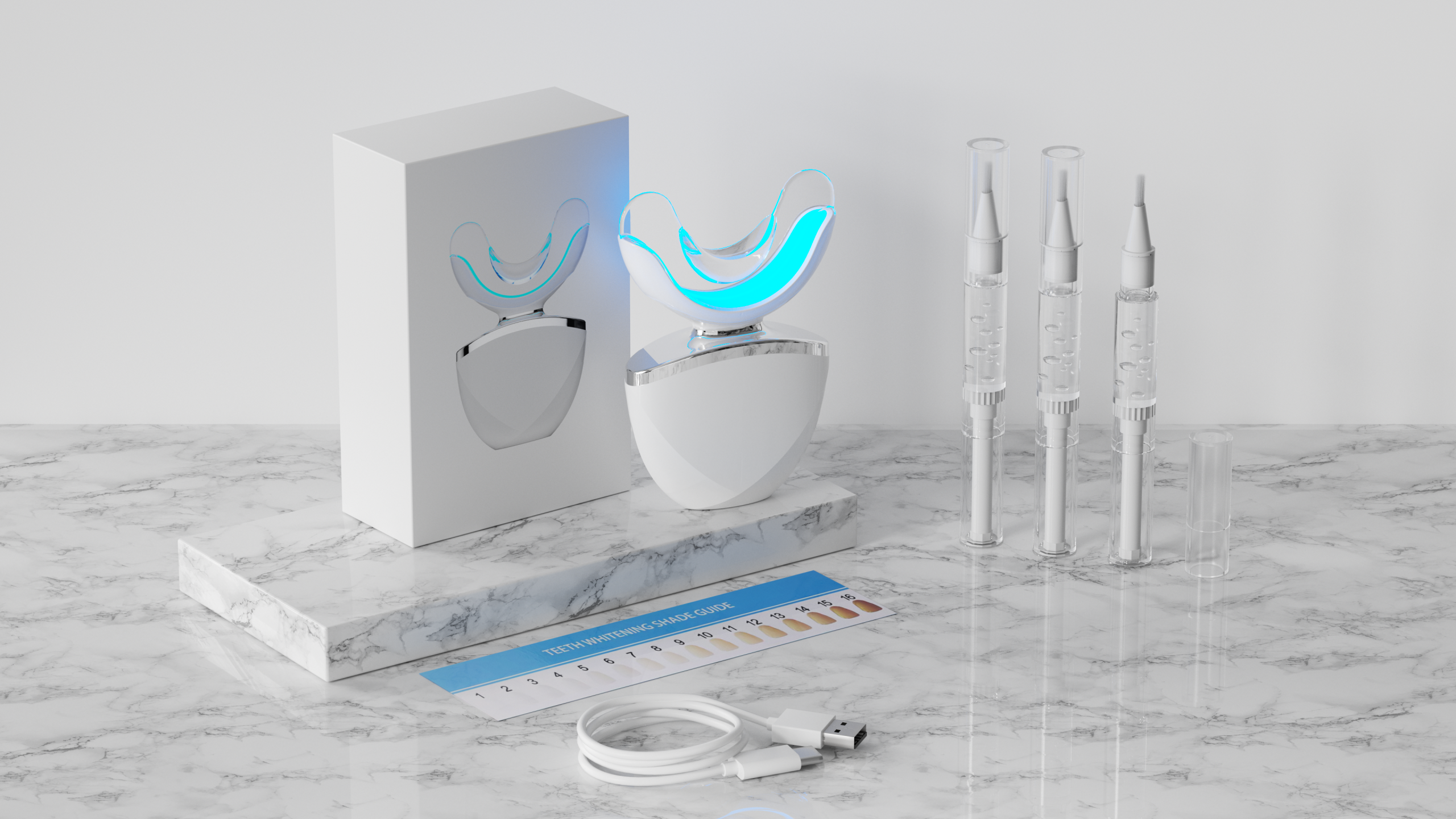When it comes to consumer safety in oral care devices, waterproof failure isn’t just a mechanical flaw—it could be a direct cause of material toxicity. Many assume that as long as a product functions electrically, it’s safe. However, water intrusion can trigger chemical degradation in materials not designed to withstand prolonged moisture exposure. For OEMs and B2B buyers, understanding the correlation between waterproof integrity and toxic material leaching is crucial to both compliance and brand reputation.
Traditionally, waterproofing is associated with protecting internal components like motors or batteries. However, in modern electric toothbrushes, water can infiltrate and compromise:
When waterproof failure occurs—due to poor IP sealing, failed ultrasonic welding, or loose assembly—the materials not intended for water exposure may begin to degrade, leading to the release of harmful substances into contact areas like grip zones or brush necks.
The connection between waterproof failure and material toxicity is chemical in nature. Prolonged moisture intrusion can:
Especially in high-temperature environments like bathrooms, this degradation process intensifies. Over time, users may unknowingly be exposed to irritants or long-term carcinogens through direct skin or oral contact. Company web:https://www.powsmart.com/product/electric-toothbrush/
Regulations such as REACH, RoHS, and FDA material compliance clearly restrict the presence of certain heavy metals, phthalates, and BPA in consumer-facing components. However, these tests often assume “dry use” conditions.
If a product experiences waterproof failure, the material’s chemical behavior under “wet conditions” could render it non-compliant. This puts B2B brands at risk of:
The origin of most waterproof breaches can be traced to:
These are often overlooked during cost-cutting or rapid scaling. A single failed batch can result in hundreds of devices with compromised enclosures.
To avoid this cascading risk, manufacturers should adopt robust design-for-waterproofing strategies, including:
OEM partners should also be transparent about their material sourcing and provide full material safety data sheets (MSDS) for each component.
At our production facilities, we run multi-stage testing, including:
All components used are pre-certified to meet global toxicity safety standards, even in failure scenarios. This gives our OEM clients confidence—not just in initial performance—but in lifecycle safety.
The link between waterproof failure and material toxicity is often invisible—until customer complaints or lawsuits arise. For B2B brands and procurement teams, selecting the right manufacturing partner means choosing one who proactively tests for failure points and material safety beyond minimum specs.
Looking to audit your current waterproof design or material selection? Reach out to our engineering team for a risk assessment tailored to your product line.



The Science of Electric Toothbrush Bristle Layout: How Do Cross-pattern, Wave-pattern, and Height Difference Affect Cleaning Power?
Post-Surgery Risks Worsened by Jaw Discomfort?

The Market Potential of Teeth Whitening: The Consumer Psychology Behind Annual Growth of Home Teeth Whitening Devices

Analyzing Oral-B Style Handle Technology: A Cost-Benefit Guide for OEM Brands
.jpg)
How to Evaluate an Electric Toothbrush Supplier Portfolio and Electric Toothbrush Supplier Capabilities?
.jpg)
Multiple Cleaning Modes in Electric Toothbrushes: OEM Options Explained
.jpg)
sonic electric toothbrush Montgomery
Noise Complaints from Handle Corrosion? A Silent Threat Uncovered!
Brush Shedding with Sensor Failure? What B2B Buyers Must Know!

Oral Care and Personal Confidence Enhancement: A Dual Strategy from Whitening Effect to Product Appearance Level
.jpg)
Customization of Oral Irrigator Pulse Frequency: How to Balance 1400–1800 Times/Minute with Noise Control?
Gum Recession from Pulse Inconsistency? Uncover the Overlooked Risk in Oral Care Devices
.jpg)
The Secret of the Cross-Sectional Shape of Electric Toothbrush Bristles: The Difference Between Diamond, Round and Cone in Protecting Gums
.jpg)
Vestibular Stimulation Worsening Tooth Demineralization?
Do Water Flosser Battery leakage and Overheat Dangerously?
Does Reservoir mold in Water Flosser Tanks Block Spray Tips?

Private Label Whitening Gel

electric toothbrush heads Ultra Soft

Customization Teeth Whitening Gel

electric toothbrush heads Deep Clean
.jpg)
Florida Electric Toothbrush – Powsmart PTR-C8

electric toothbrush heads Regular Clean

electric toothbrush heads Charcoal Infuse-Round

Electric toothbrush heads Charcoal Infused-Diamond
whstapp
whstapp
National Toll-Free Service Hotline
+86 755 86238638